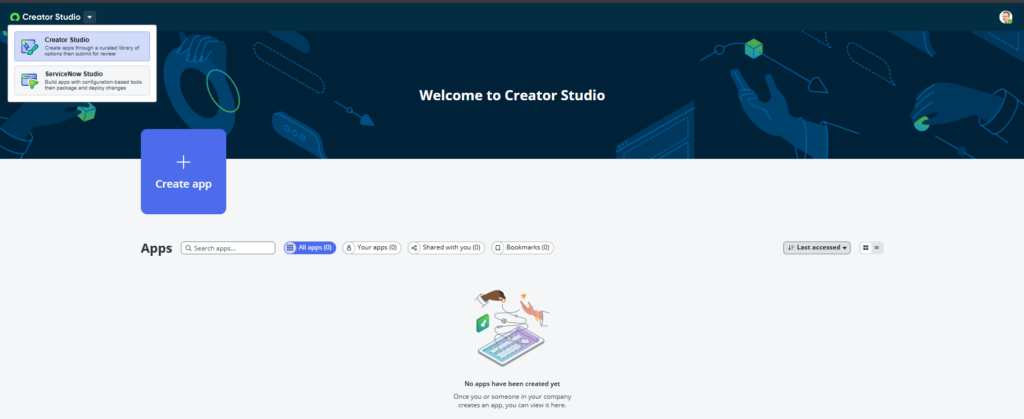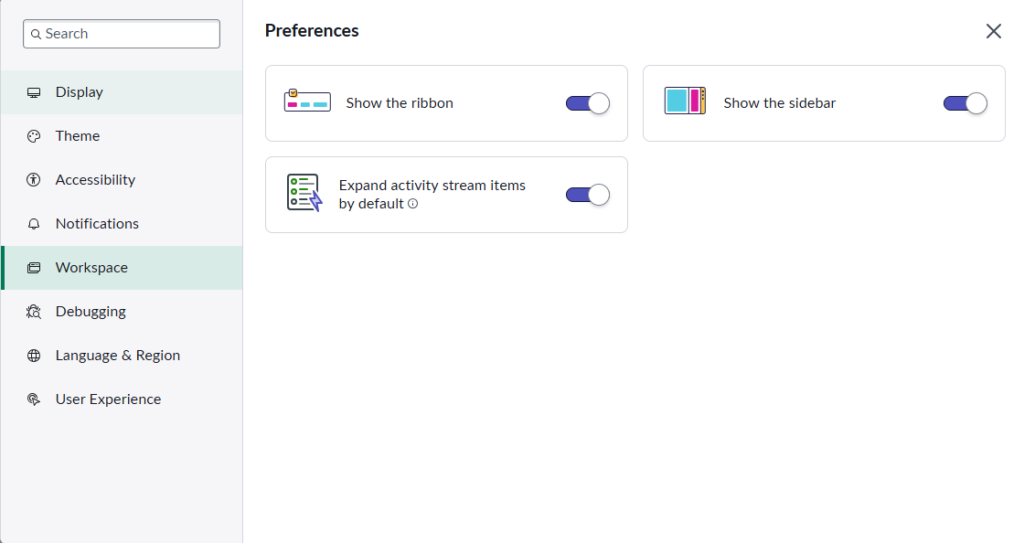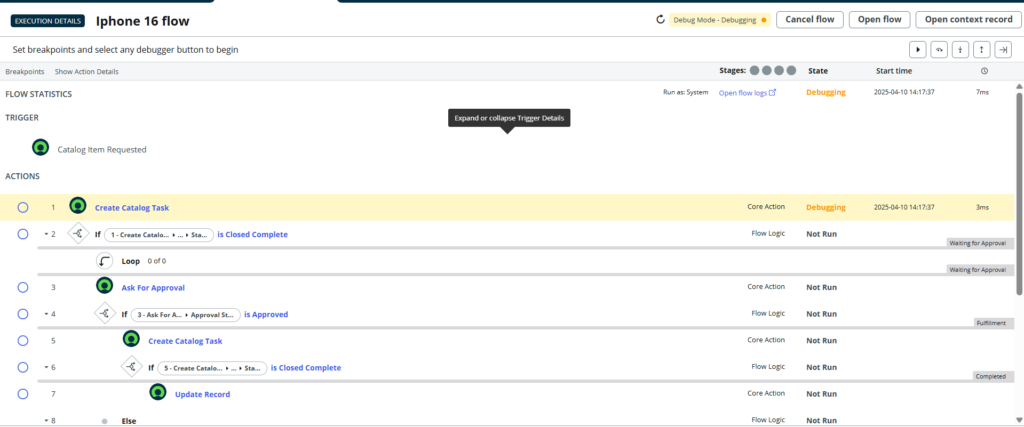Table of Contents
ServiceNow is a leading cloud-based platform that helps organizations automate workflows across IT, HR, customer service, security, and more. Known for its powerful capabilities in IT Service Management (ITSM), it also supports custom app development, process automation, and seamless enterprise integration.
How Often Does ServiceNow Releases Updates?
ServiceNow follows a semi-annual release cycle, delivering two major updates every year:
- First release: Q1 (usually around March)
- Second release: Q3 (typically around September)
ServiceNow Yokohama Release date
- Early availability: January 30, 2025
- General availability: March 12, 2025
The ServiceNow Yokohama update was officially released in March 2025 as part of their Q1 rollout. This release focuses on AI-driven automation, user experience enhancements, and platform intelligence across workflows.
Top 10 New Features in the ServiceNow Yokohama Update
1. Multi-Factor Authentication (MFA) Enabled by Default
Security takes the front seat in ServiceNow Yokohoma release ,Multi-Factor Authentication (MFA) is enabled by default for all users performing non-SSO login in the instance. This move strengthens security across instances and aligns with modern authentication best practices
user will have 30 days to enroll the in mfa at their convenience , after 30 day it will become mandatory to enroll to the mfa , user can to navigate to user profile and click on configure multi factor authentication link and follow the instruction to enroll
2. End Users Can Now Reopen Incidents

End users now have the option to reopen a resolved incident directly from their request view.
If an issue wasn’t fully resolved or resurfaces shortly after being marked as resolved, users can simply click the “Actions” button and select “Reopen”—no need to create a brand-new ticket.
This helps speed up support and keeps all related information in one place, making it easier for both users and service desk agents to stay on track.
3. Email Notification Dashboard
With the Servicenow Yokohama release, ServiceNow introduces a new Email Notifications Dashboard to give admins deeper insight into how email communications are performing across the platform.

Here’s what this dashboard is designed to help you do:
Simplify Maintenance:
The dashboard also helps flag unused or inactive notifications, making it easier to declutter and manage your setup.
Track Notification Usage:
See which email notifications are triggered the most (or the least), and identify which ones are never used—so you can streamline and clean up your notification library.
Spot User Behavior:
Monitor opt-out trends to understand which notifications users are unsubscribing from, helping improve relevance and reduce noise.
Analyze Delivery Trends:
View trends over time to understand how your notification traffic is evolving—helpful for planning and system monitoring.
Audit Notification Effectiveness:
Identify which categories or tables are triggering the most communication, giving you visibility into what’s generating the most user engagement or system traffic.
4. Dashboard export to ppt

In servicenow yokohama release the new feature allows you to download the dashboard as a PPT file or send it via email.
5. Use non-English language for creating or editing catalog items
Multilingual Support in Catalog Builder: Users can now create and edit catalog items in their preferred, supported languages. For example, a German-speaking user working in Catalog Builder will automatically create or edit the German version of an item.
6. New Role for ITSM Efficiency
The sn_service_desk_agent role is designed to help tier 1 service desk agents work more efficiently. It simplifies the process of asking for, gathering, and verifying information, so agents can resolve issues faster and with less effort.
This role becomes available when the ITSM Roles plugin (com.snc.itsm.roles) is installed, and it’s supported starting with Service Operations Workspace version 6.1.
By assigning this role, agents get access to a set of permissions that allow them to handle common IT tasks, including:
- Creating and updating incidents
- Working on problems
- Managing change requests
- Handling service requests
- Reading tracked files
All of this helps streamline day-to-day service desk operations and boosts overall productivity.
7. Creator studio

Easily switch between development environments with the new experience switcher—designed to help you choose the setup that works best for your skills and goals. Based on the products and versions you have installed, and your user role, you can move seamlessly between:
- Creator Studio – Perfect for no-code creators who want to build fast without writing code.
- ServiceNow Studio – Great for those with some coding experience who want a balanced, mid-level development environment.
8. Activity stream user preference for workspaces
The workspace preferences in the Servicenow Yokohama release currently include three toggles:

this options are only available when workspace is open and is in focus
Expand activity stream items by default – Automatically expands all entries in the activity stream.
Show the ribbon – Toggles the display of the ribbon at the top of the workspace.
Show the sidebar – Toggles the display of the sidebar navigation.
9. Flow debugger
The Flow Debugger is a new tool introduced in the Yokohama release to help developers troubleshoot flows in Flow Designer more efficiently. Here’s what it brings to the table:

- Step-by-step flow execution – Run through each step of a flow to understand exactly how it behaves.
- Set breakpoints – Pause the flow at specific steps to inspect what’s happening at that point.
- Live variable inspection – View and modify variable values as the flow runs.
- Execution logs and error tracing – Get a clear view of what’s working, what’s not, and why.
- Debugging from Workflow Studio – Launch the debugger directly from the Studio for a seamless experience.
- Use real records – Test flows using specific records to simulate real scenarios.
This makes it much easier to find and fix issues before they impact users—saving time and headaches.
10. Remap Keyboard Shortcuts
 |  |
You can now customize and remap keyboard shortcuts.
click on remap keyboard shortcuts , click on the pencil icon that will appear on the enter the keys you would like and save
for detailed information on configuration you can visit ServiceNow official documentation click here
Explore All Yokohama Features on ServiceNow Docs
For a full list of all new features and enhancements in the Yokohama release, including updates across ITSM, HR, CSM, and platform intelligence, visit the official ServiceNow documentation:
👉 ServiceNow Yokohama Release Notes – Full Feature Summary
Final Thoughts
The ServiceNow Yokohama release is a bold step forward, centered around AI, automation, and intelligent workflow design. From frontline agents to developers and enterprise leaders, everyone benefits from these upgrades.
If you’re on a previous version like Washington or Xanadu, now’s a great time to upgrade and take full advantage of Yokohama’s performance, efficiency, and intelligence gains.
Need expert guidance on upgrading your ServiceNow instance ? UrhaanTech specializes in ServiceNow consulting, implementation, and optimization. Let our experts streamline your workflows and enhance user engagement. Contact us today to transform your ServiceNow experience!

